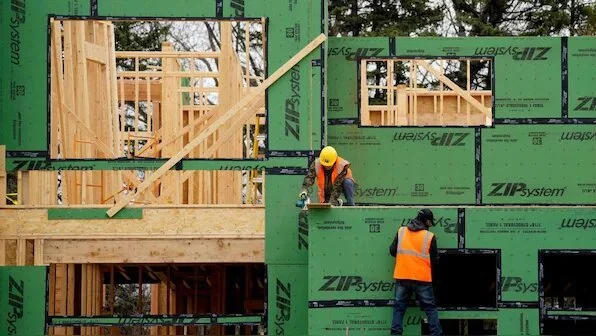US inflation increases moderately in February; Federal Reserve may consider interest rate hike
US prices saw a moderate increase in February, while the cost of services excluding housing slowed down significantly, indicating that the Federal Reserve might still consider an interest rate hike in June.
According to the Commerce Department’s Bureau of Economic Analysis, the personal consumption expenditures (PCE) price index rose by 0.3% last month. Also, data for January was revised upward, showing that the PCE price index increased by 0.4% instead of the previously reported 0.3%.
Over the 12 months leading up to February, PCE inflation grew by 2.5%, compared to a 2.4% increase in January. Economists surveyed by Reuters had anticipated a 0.4% increase in the PCE price index for the month and a year-on-year rise of 2.5%.
Price pressures are subsiding, though the pace has slowed from the first half of last year.
Fed officials last week left the U.S. central bank’s policy rate unchanged in the current 5.25%-5.50% range, having raised it by 525 basis points since March 2022.
Policymakers anticipate three rate cuts this year. Financial markets expect a first-rate reduction in June. Fed Governor Christopher Waller said on Wednesday, “There is no rush to cut the policy rate” right now, but he did not rule out trimming borrowing costs later in the year.
Excluding the volatile food and energy components, the PCE price index increased 0.3% last month. That followed an upwardly revised 0.5% gain in January. The so-called core PCE price index was previously reported to have advanced 0.4% in January.
Core inflation increased 2.8% year-on-year in February after rising 2.9% in January. The Fed tracks the PCE price measures for its 2% inflation target. Monthly inflation readings of 0.2% over time are necessary to bring inflation back to target.
PCE services inflation excluding energy and housing gained 0.2% last month after surging 0.7% in January. Policymakers are monitoring the so-called super core inflation to gauge their progress in fighting inflation.
Consumer spending, which accounts for more than two-thirds of U.S. economic activity, jumped 0.8% last month after increasing 0.2% in January, the report also showed.

